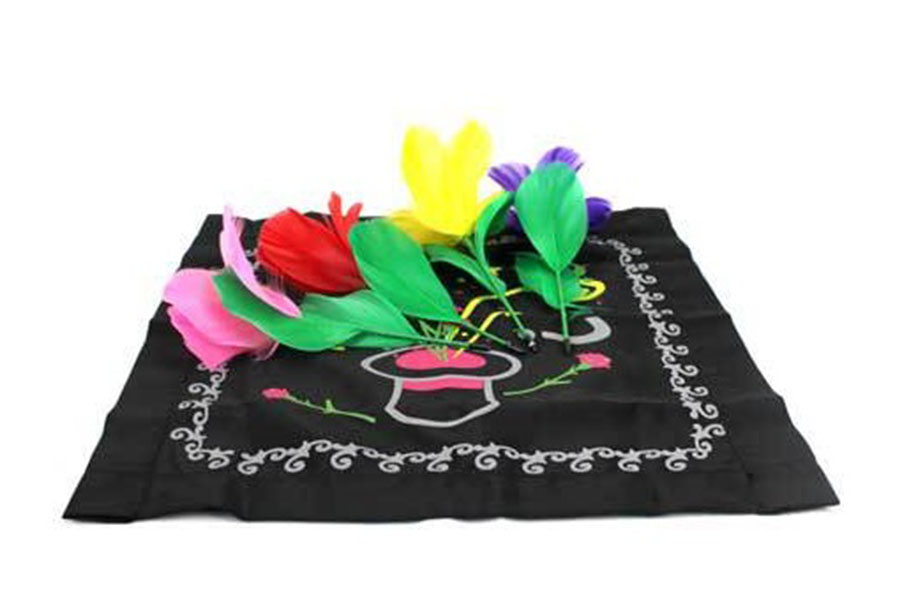
These ice formations are incredibly delicate and melt fast with the rising sun.


If it looks as though nighttime lows are going to fall into the upper 20’s (28 degrees F appears to be the magic temperature), especially on a clear night when the wind is still, set your alarm and strike out early. If you wish to view this wondrous phenomenon keep an eye on the forecast during the fall. I think this mistaken belief arose from misidentification or confusion over common names. alternifolia with frost flowers, nor have other recent observers. Both species often occur together and I have never seen V. Some sources cite other species of Verbesina, namely Verbesina alternifolia (Wingstem) as producing crystallofollia as well, but I have never witnessed this. As winter progresses the ice formations become smaller and closer to the ground, but they can be viewed as late as January. The first frost flowers to emerge are usually the most magnificent, since they are releasing more moisture. Upon exposure to the atmosphere it will freeze instantly. This sap is in fact supercooled, a state where liquid is below the freezing point without solidification or crystallization. In addition, the amount of moisture released exceeds the amount of sap residing in the plant, so it must be augmented by additional moisture pulled from the earth. If this is the case then why do they use this method and not other plants? There are very few plant species the world over that exhibit this phenomenon. It is theorized that by releasing this excess moisture the plants prevent damage to their cells by forming ice crystals. It is so beautiful and mysterious, but why on earth does this happen? To be truthful, botanists aren’t entirely sure. Bob Harms from the Plant Resource Center at the University of Texas coined the technical term crystallofolia to describe this phenomenon. They go by other names as well: rabbit ice, frost ribbons, ice flowers or ‘Eisblatt’ (“ice leaf”), if you are German. These can take on such whimsical forms it is as if they have whirled and danced straight out of a child’s fairy tale. If the ground is not yet frozen, the atmosphere is cold enough and the air still enough, this moisture freezes into delicate ribbons and curls. These plants release moisture from their stems and root systems which ruptures the epidermis (outermost layer) but leaves the rest of the plant intact. If you manage to locate some of these plants you will be treated to one of the most magical forms of freezing water, a phenomenon known as “frost flowers.”

In case you have ever wondered where it gets the name Frostweed, you need only to set out early in the morning after a cold, still night in November. This species is a perennial, remerging from the same root system year after year. These plants have just finished supplying vital nectar to late season pollinators and then releasing their seeds to supply the next generation. Only a few short weeks ago we were enjoying the white blooms of Frostweed ( Verbesina virginica), a tall plant in the aster family that blooms in fields and roadsides across most of the state. One very special phenomenon occurs during autumn that often goes unnoticed, but which I look forward to every year. Exploring the great outdoors during winter offers unique experiences which cannot be enjoyed during the warmer months. Even as she sleeps in winter’s silent repose there are always wonders to be seen. The first frost has come and will soon be followed by the first hard freeze, depending on where in the state you reside.ĭespite all of these seasonal changes, nature is never static. Winter fast approaches, the days shorten and soon much of the plant and animal life will go dormant.

#7 magic flowers full#
Now that autumn is in full swing, it’s easy to be overcome by feelings of finality.


 0 kommentar(er)
0 kommentar(er)
